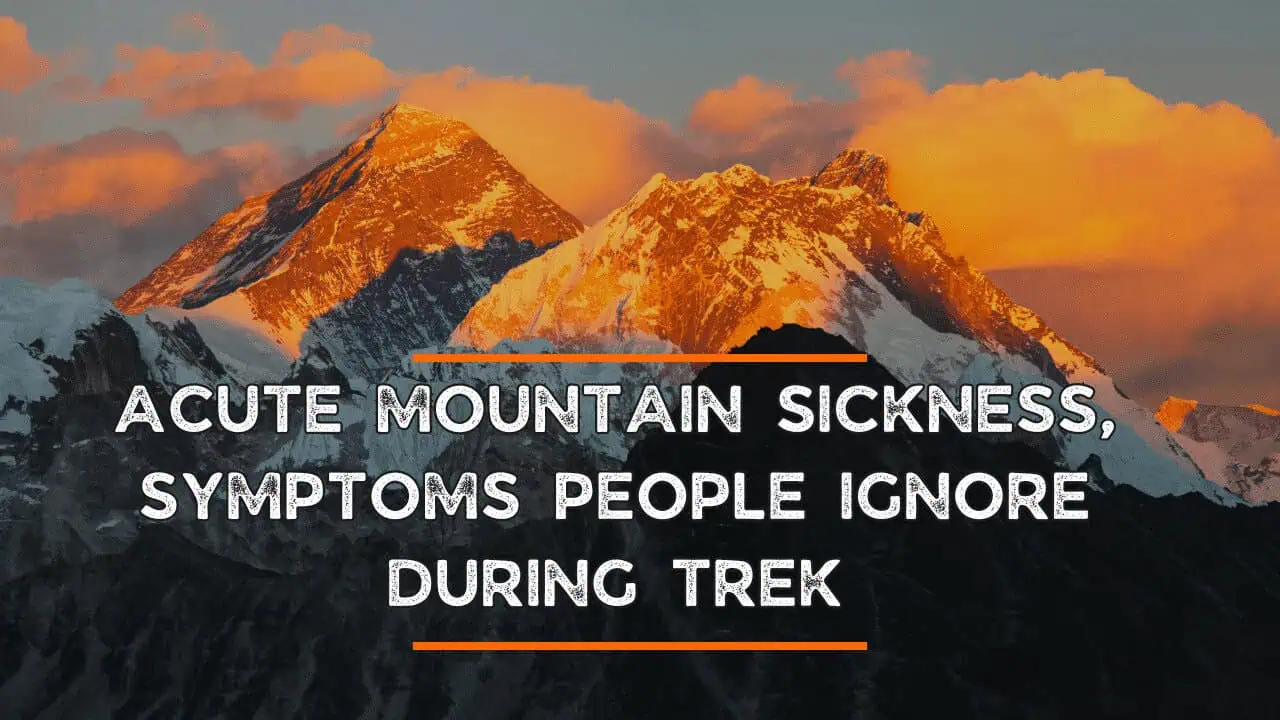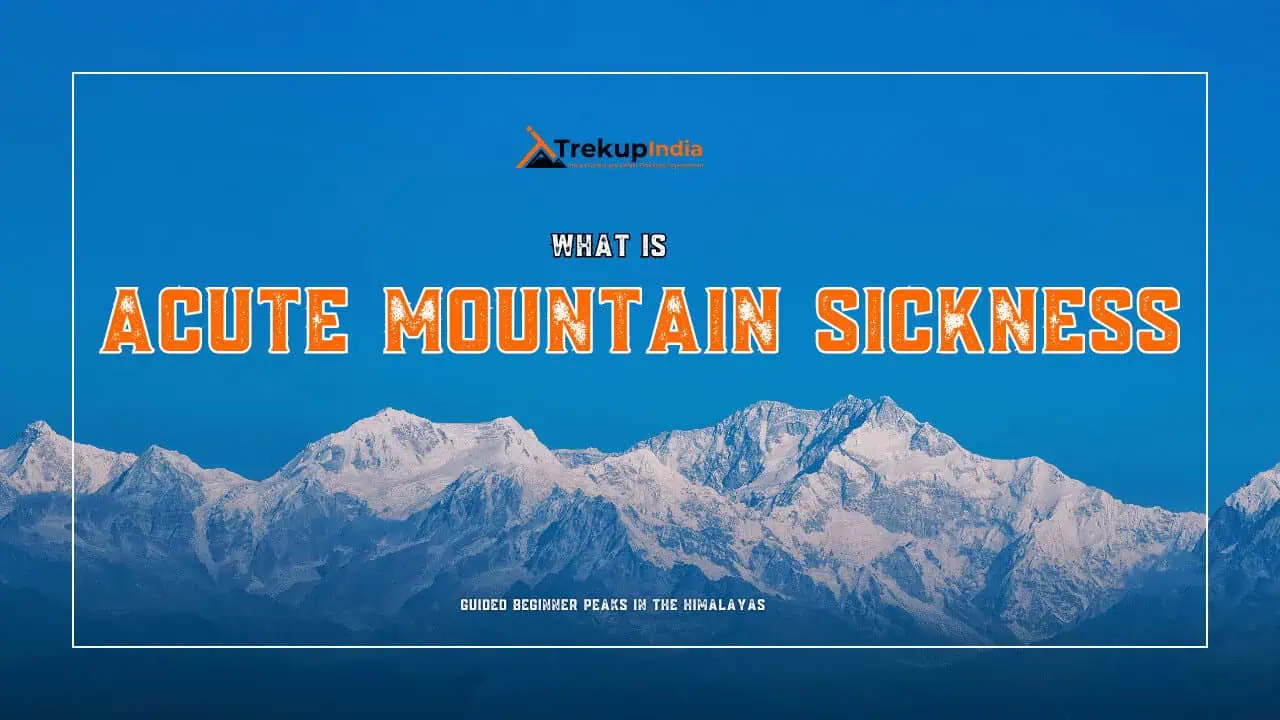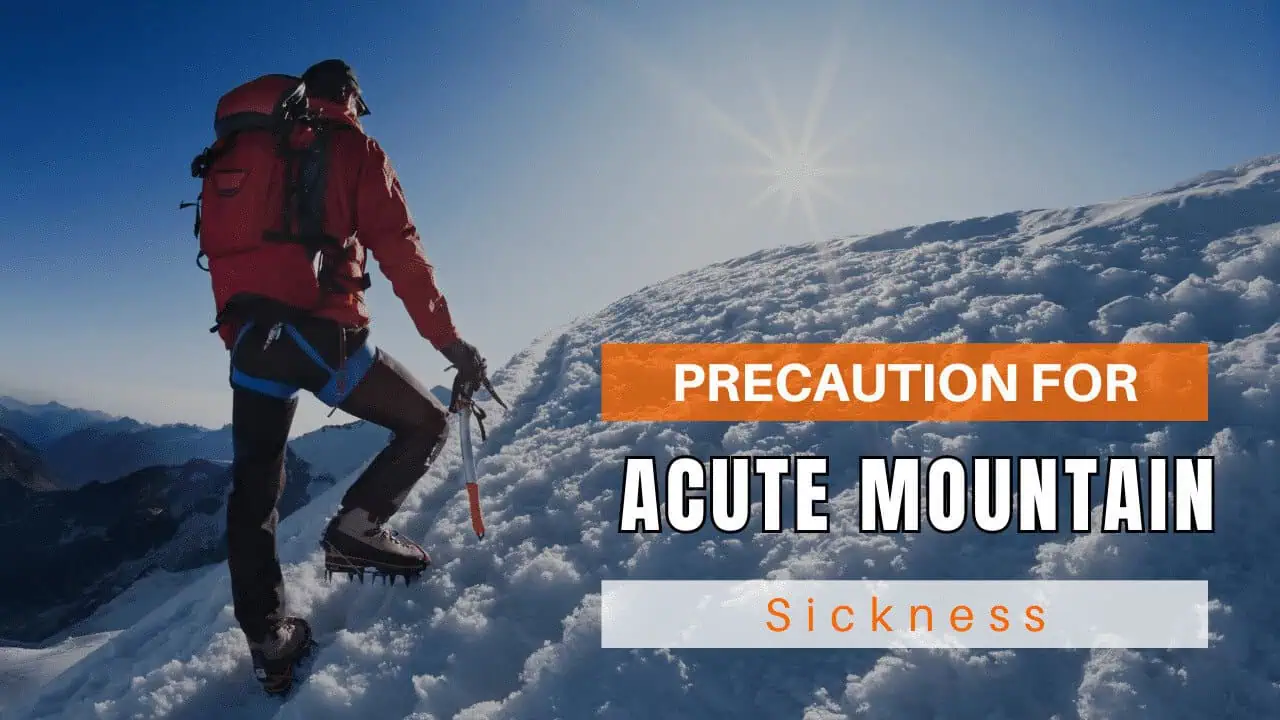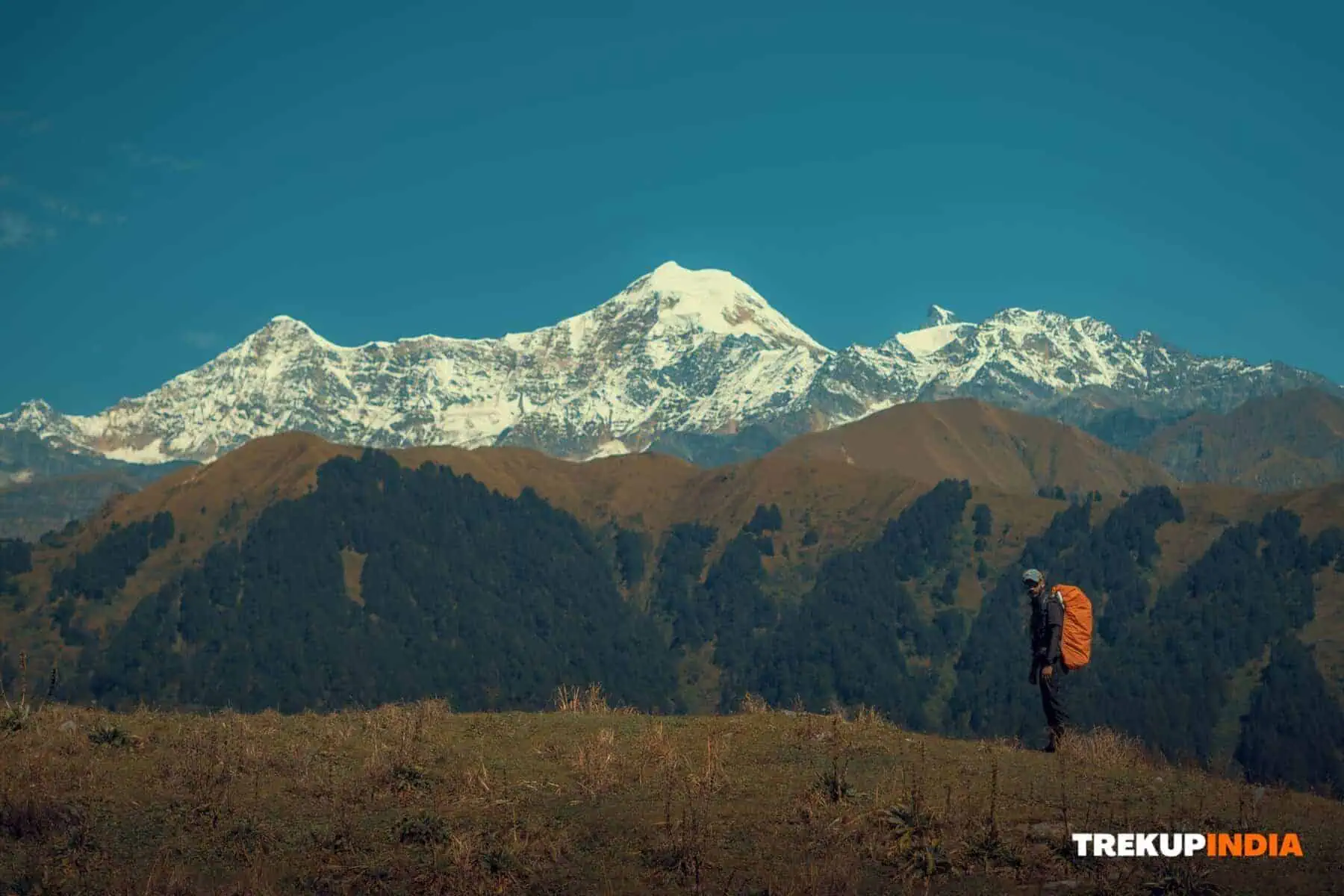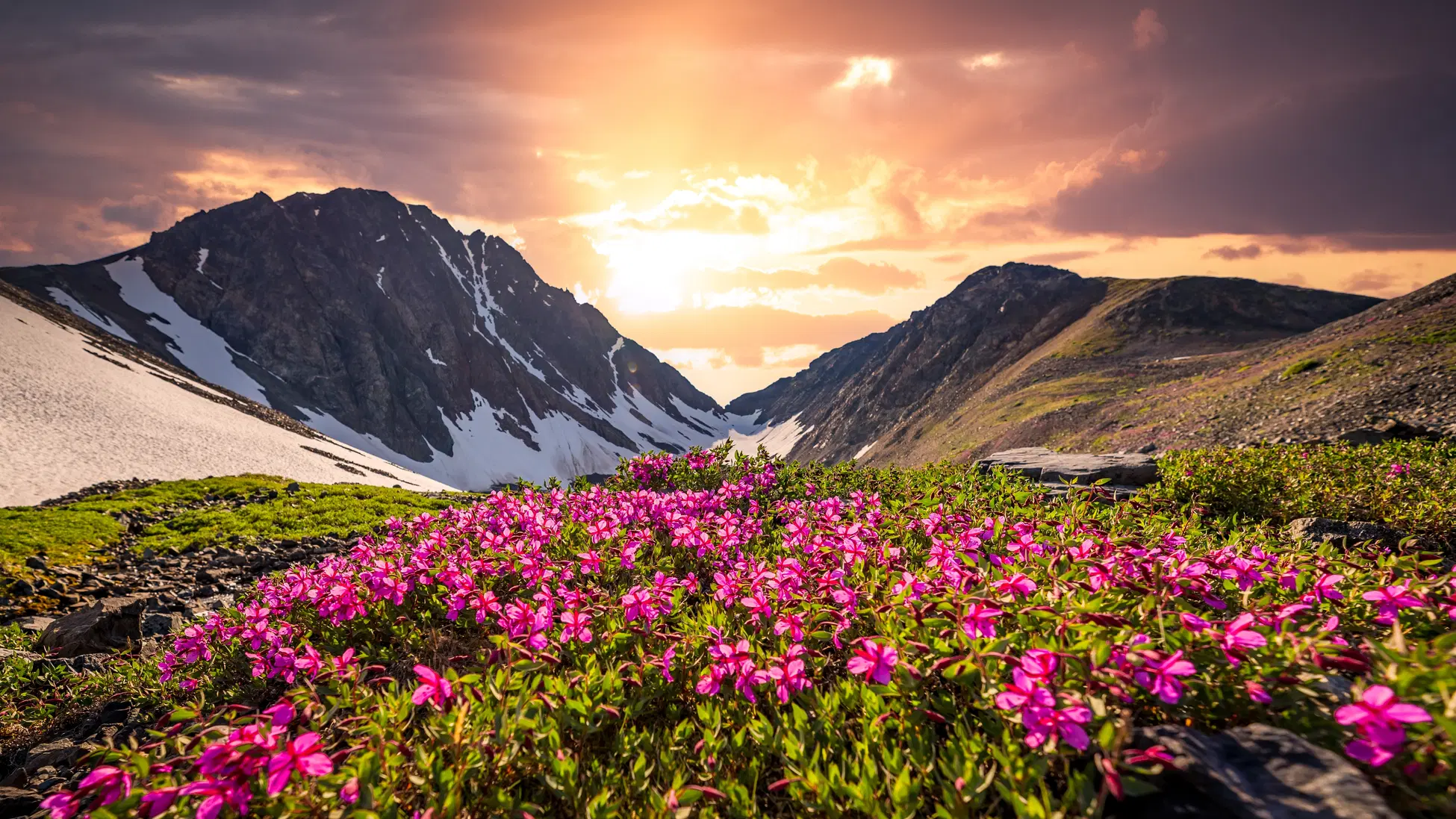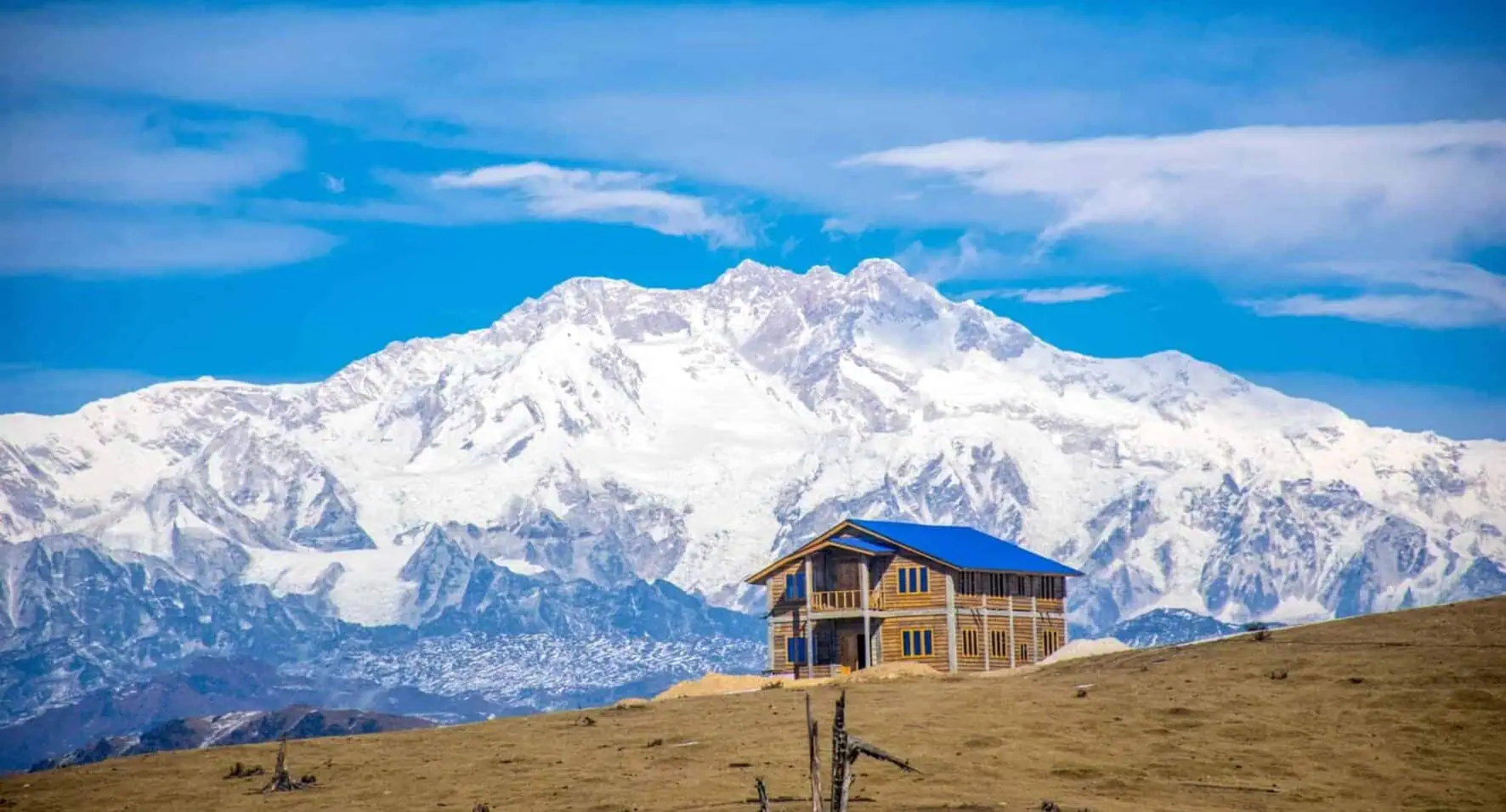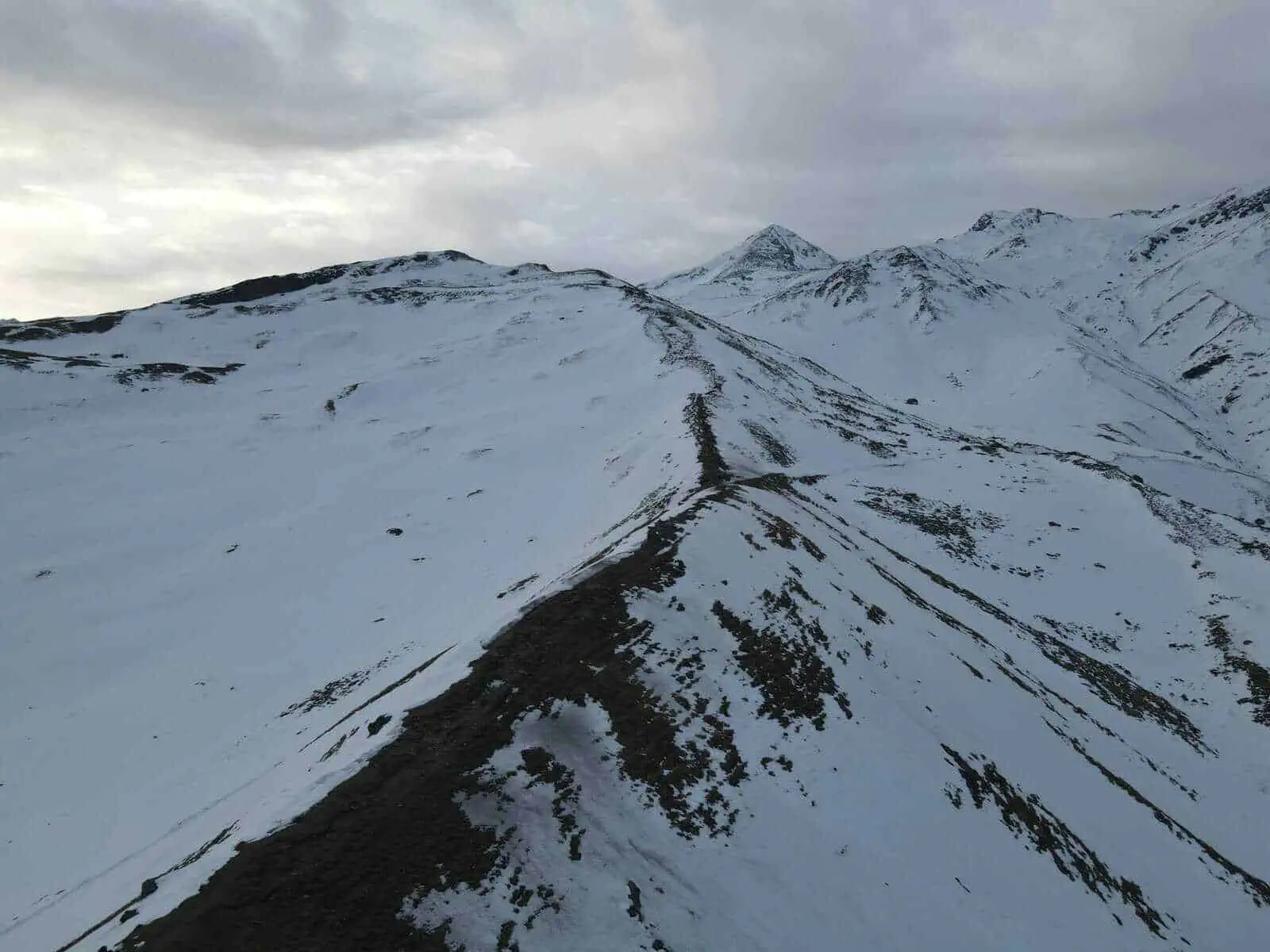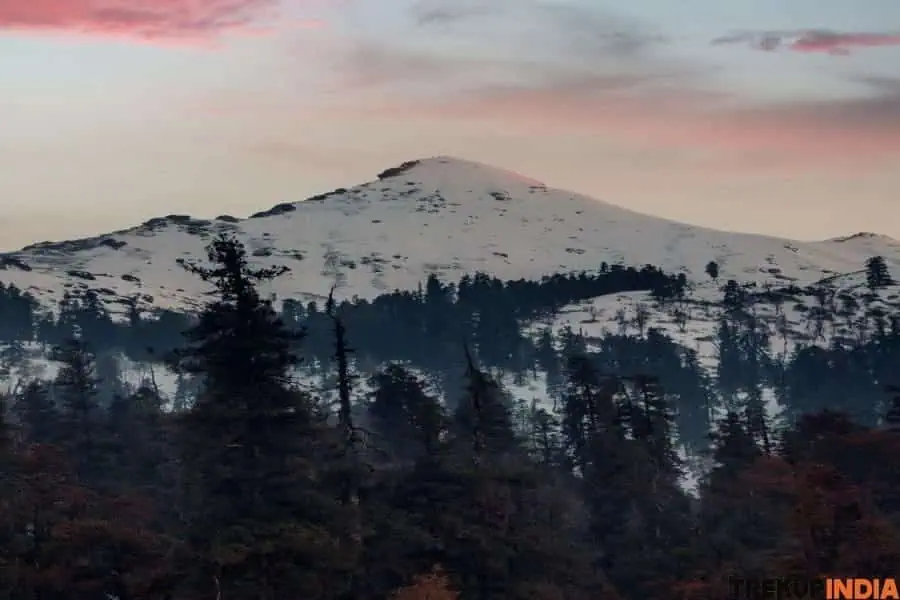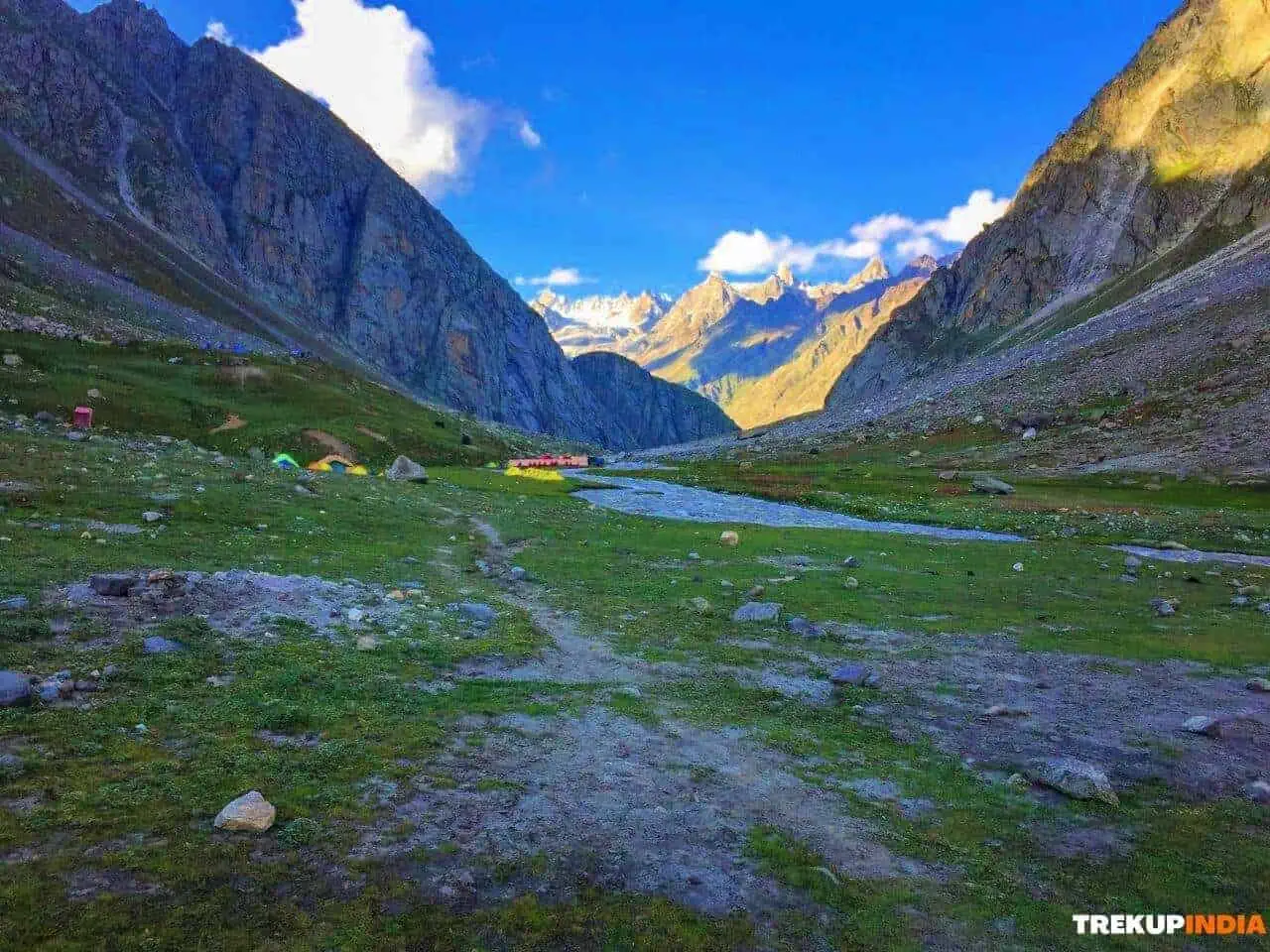Why You Should Do Gaumukh Tapovan Trek
Gaumukh Tapovan Trek is one of the holiest places in India. You will trek to the source of the river Ganga ‘Gaumukh.’ The trek is a blend of spirituality, mythology, and exciting adventures. Some of the main excursions of this trek are listed below.
- Beautiful Meadows – On the first day, when the trek starts from Gangotri, trekkers can walk along the river bank and climb up to a high alpine meadow called Tapovan. Tapovan is best for meditation, as sages meditate here to attain spiritual bliss.
- Apple Orchids – Harshil is famous for its apple orchids, and it is the best place to enjoy picturesque evenings in the mountains. Harshil apples are favorites all over the country because they taste delicious, so the demand for apples is very high.
- Hot water springs – Surya Kund and Gaurikund are the two hot water springs you can visit in Gangotri. Both hot water springs are on both sides of the iron bridge near the Gangotri temple.
- Forest – From Chirbasa, walk through the Bhagirathi River, which flows through stunning deodar forests, blue pines, and silver birches. The place takes its name from the Chir trees that surround it.
- Views of the mountains – Bhojbasa is a magnificent meadow surrounded by mountains. From here, you can see the majestic peaks of Bhagirathi sister. You can also see Mount Shivling along with the breathtaking Sudarshan Parbat. Mount Meru is another peak that you can see on this trek. You will see Manda Peak and Bhrigu Parbat at this beautiful campsite.
- Trolley over the bridge – To reach Tapovan, we must cross the river, which we can do by manually pulling the trolley over the bridge. There are no bridges to cross the river, so we need a trolley.
- Wildlife – The foreground forest areas are home to various wildlife, including musk deer and Himalayan black bears.
- Glacier – The Gangotri glacier is believed to be one of the biggest in the Himalayas. It’s a water source for the Ganges River, also called cow’s mouth. The Ganges is a major pilgrimage destination for Hindus.
- Crevasses – You would also be walking on the glacier, where you would see a lot of crevasses. There are a lot of crevasses, some small and some big enough to take the men whole. The big ones have color of green and bluish tinge on the ice walls.
- Mythology – There is a religious mythology that King Bhagirath prayed to Lord Shiva to let the River Ganga flow and purify the ashes of his sons.
for booking and more information
Share this article
Want To Trek Like Pro?
Check out the following videos if you want to trek like a pro trekker and improve your skills. These videos contain helpful tips, tricks, and techniques to help you trek like a pro. Whether you’re a beginner or an experienced trekker, these videos can provide valuable insights to enhance your trekking experience. So, watch the videos below by Trekup India experts to take your trekking skills to the next level.
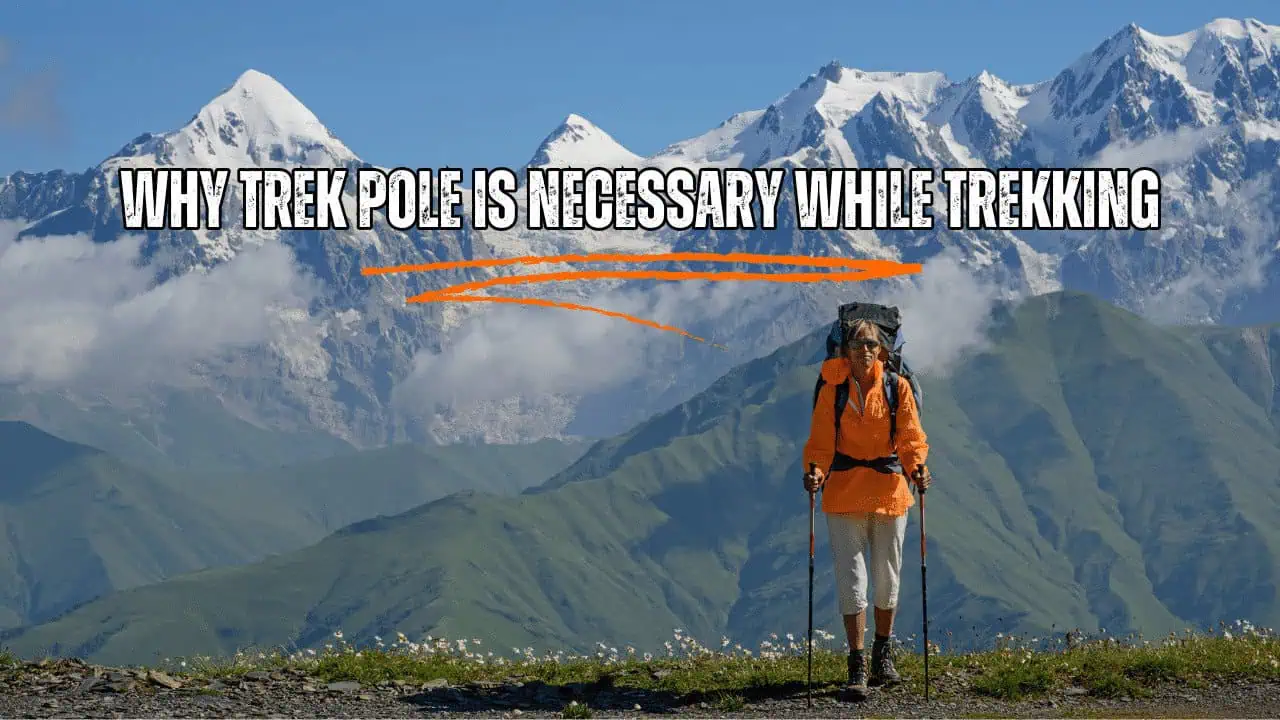
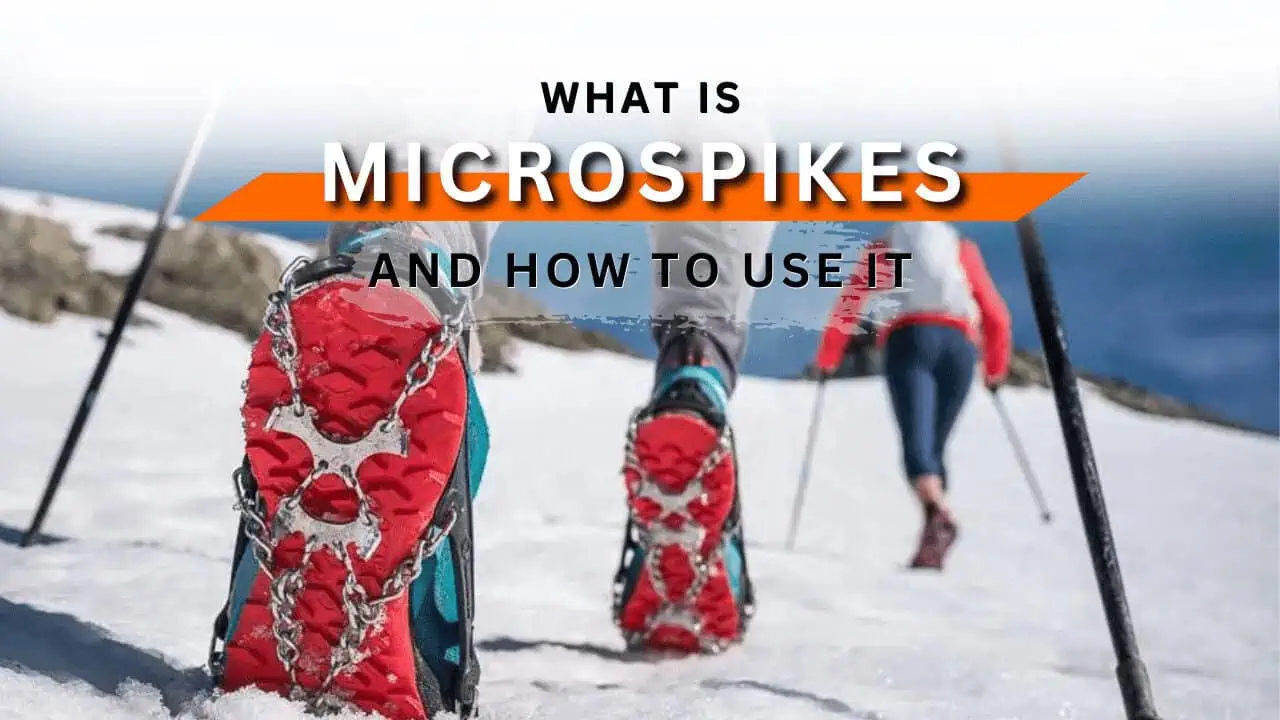
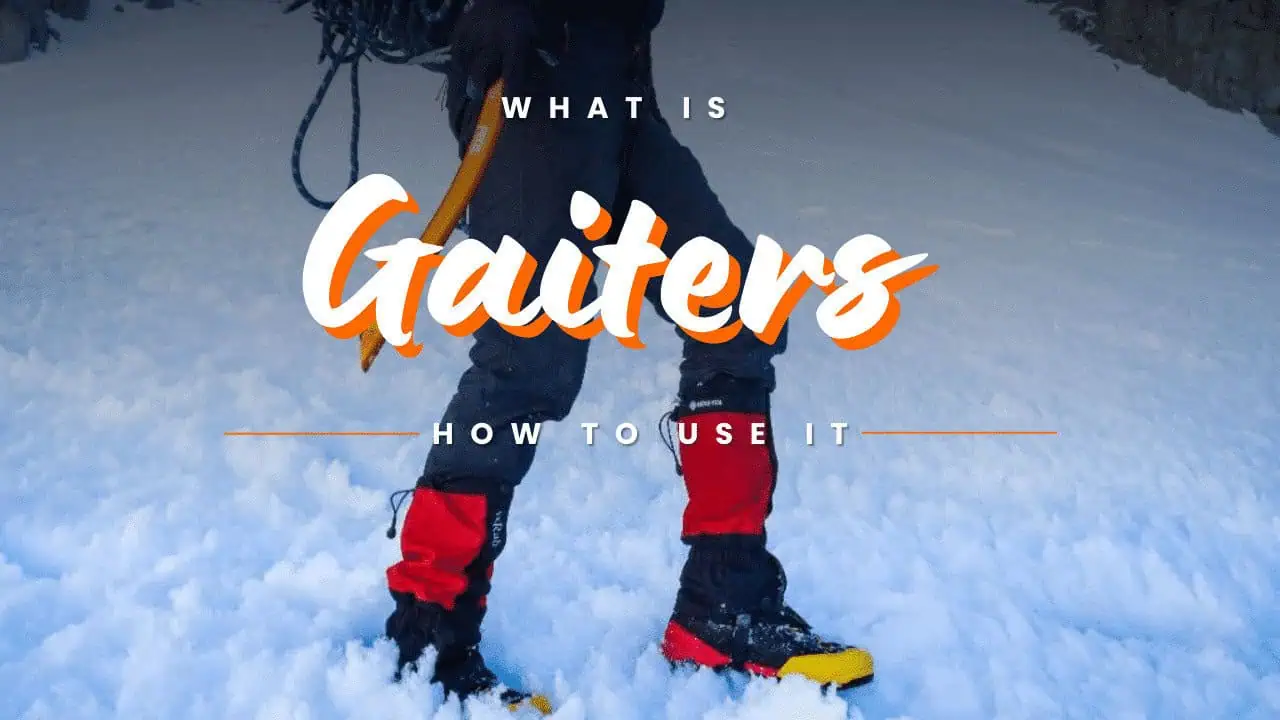
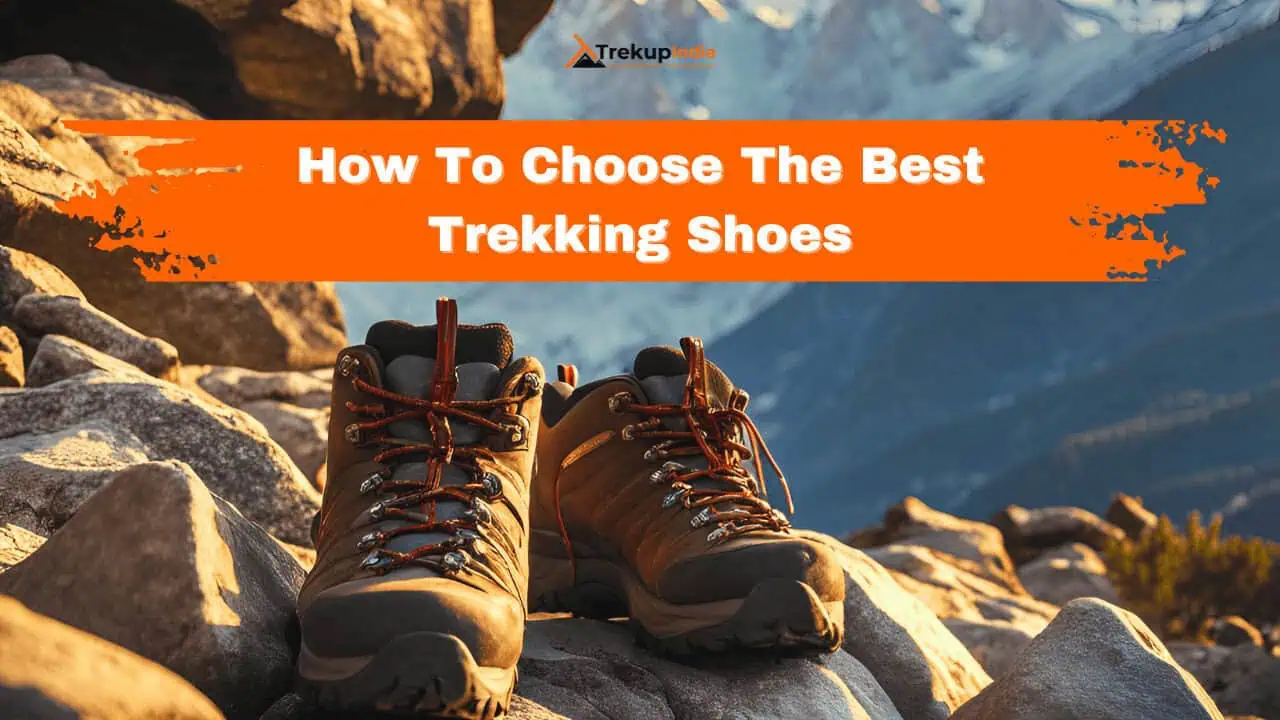
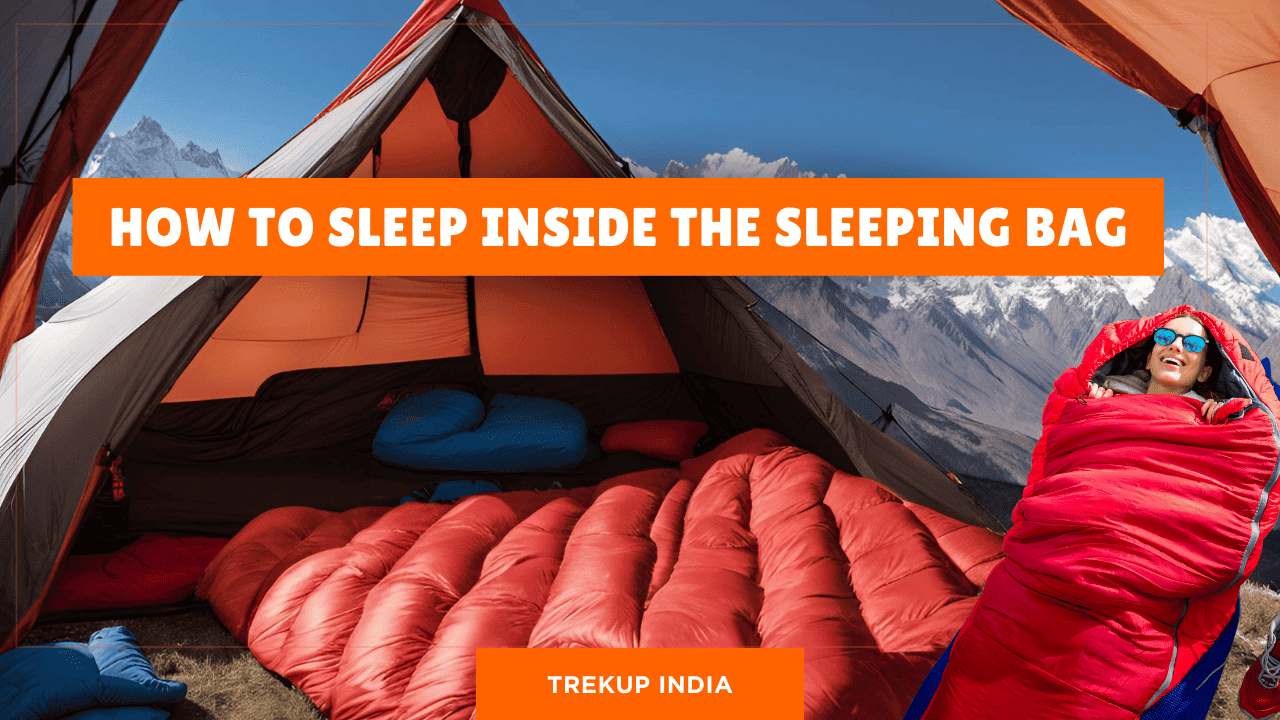
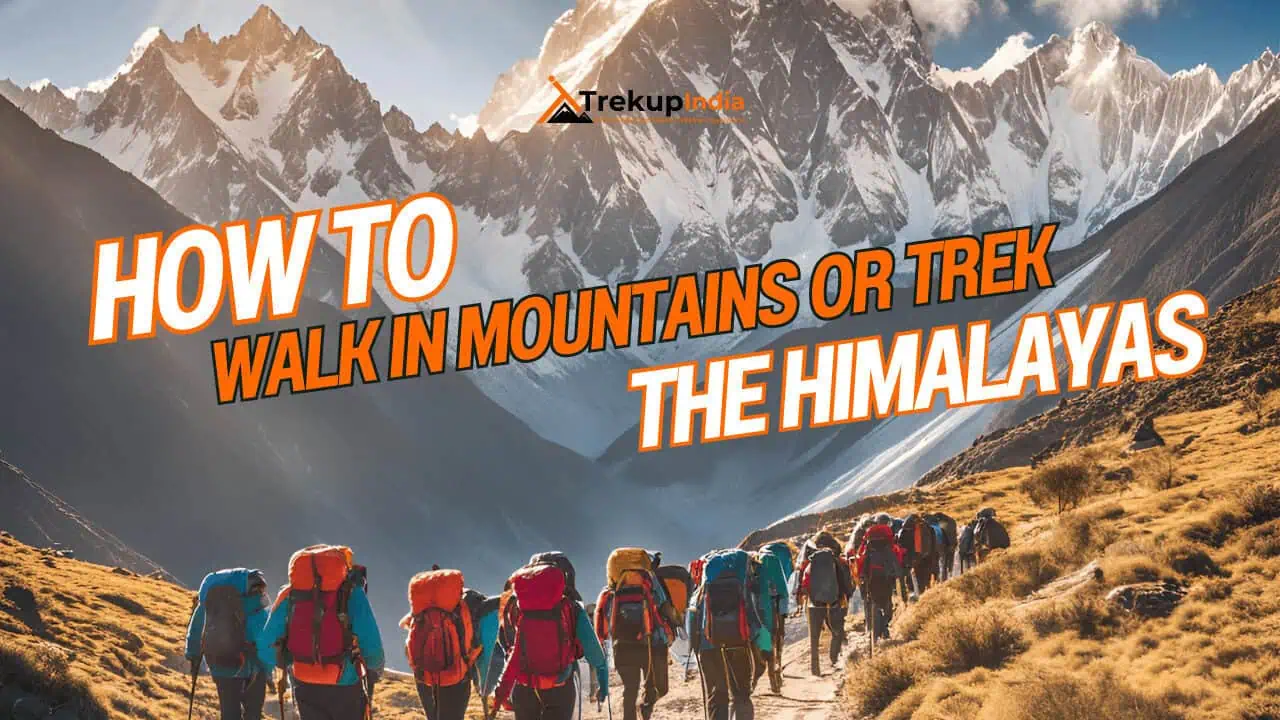
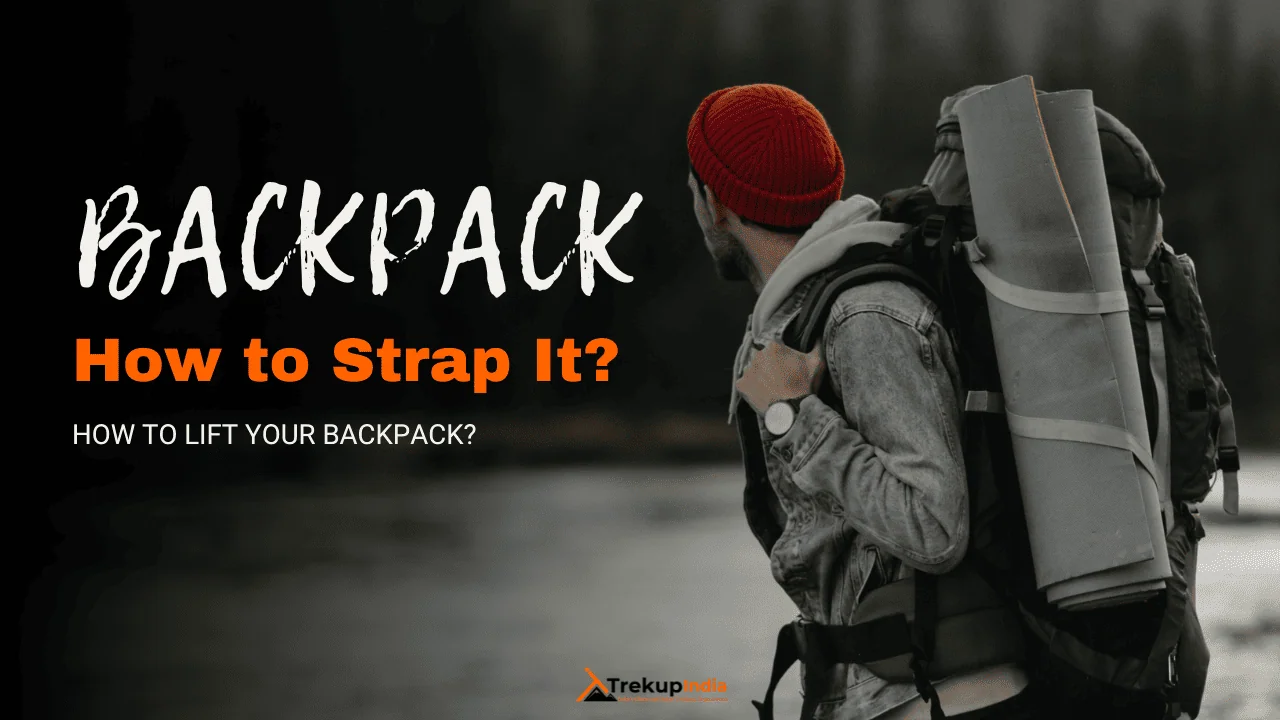
Know Everything About Acute Mountain Sickness
Acute Mountain Sickness is a medical condition that can occur when individuals travel to high altitudes, typically above 8,000 feet. It is caused by the decrease in air pressure and oxygen levels in the air as altitude increases. Symptoms of Acute Mountain Sickness may include headache, nausea, vomiting, dizziness, and difficulty sleeping. To avoid Acute Mountain Sickness, it is important to gradually adjust to high altitudes and seek medical attention if symptoms worsen. To learn more about this condition, check out the videos by Trekup India.
